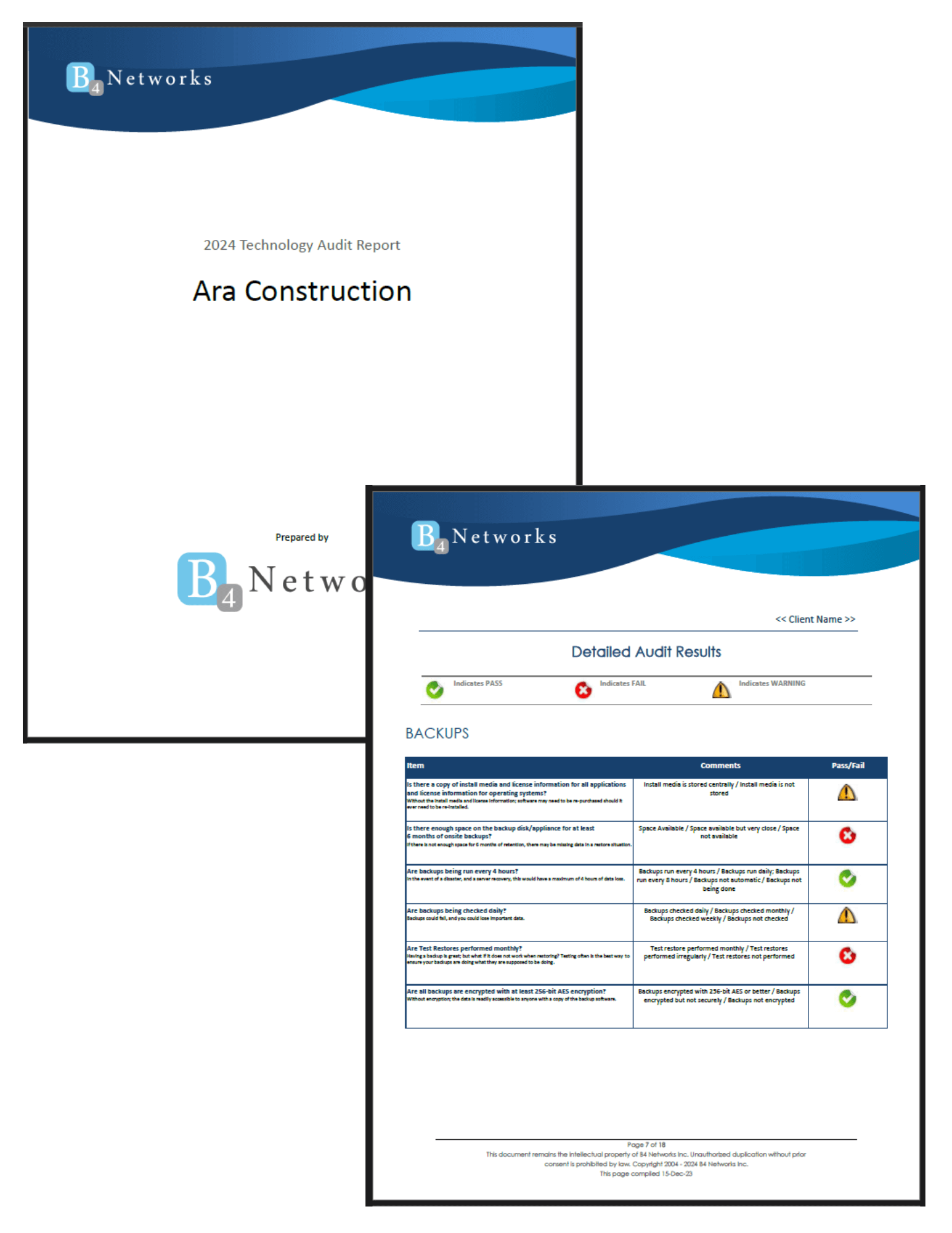 Headlines are usually flush with the latest digital breaches out to get businesses. Weak passwords, complex social engineering and business e-mail compromise are often the culprits we hear about. But while our eyes and ears were honed in on digital threats, old-fashioned paper-and-pen crimes were sneaking into our bank accounts.
Headlines are usually flush with the latest digital breaches out to get businesses. Weak passwords, complex social engineering and business e-mail compromise are often the culprits we hear about. But while our eyes and ears were honed in on digital threats, old-fashioned paper-and-pen crimes were sneaking into our bank accounts.
According to the Financial Crimes Enforcement Network, fraudulent-cheque crimes rose 201.2% between 2018 and 2022. Experts say that the rise of cheque fraud began in 2020 when criminals started stealing stimulus cheques. Once those ended, they needed a new source of income. In 2023, S&P Global noted that cheque fraud made up one-third of all bank fraud, excluding mortgage fraud.
It’s a cheap and relatively simple crime happening under our noses, and that’s why they’re getting away with it.
How Criminals “Wash” Cheques
AARP says that most cheque fraud involves cheque “washing.” This is when criminals use bleach or acetone to wash away the ink used to write the payee and cheque amount after stealing it from your mailbox or fishing it from a drop box. Once washed, the cheque dries, is filled out with new information and deposited at banks or cash-chequing shops.
According to AARP, a 60-year-old man had a cheque for $235 stolen and cashed for $9,001.20 – all within 24 hours. It’s not just the US either. An Ontario business owner sent a cheque for $10,800 to the Canada Revenue Agency to make tax payments for his maple syrup company. Days later, it had been stolen and deposited into another account.
It’s a low-budget, fast-cash reward for criminals. Even worse, some banks have deadlines for reporting this kind of crime and won’t reimburse you if you alert them too late.
Prevent Cheque Fraud With These 6 Tips
Thankfully, there are a few simple steps you can take to significantly reduce your risk of cheque fraud.
1. Pay Online: Pay bills online using a private Wi-Fi connection and a secure portal, like through your bank or vendor website.
2. Mail Safely: Use the post office for mailing cheques; avoid leaving them in personal or outdoor mailboxes.
3. Use Gel Ink: Use non-erasable gel ink in blue or black for writing cheques; these are harder to erase than ballpoint pen ink.
4. Collect Mail Daily: Pick up your mail daily. If away, arrange for collection. 5. Monitor Your Accounts: Regularly check your bank account online – a few times a week is best.
6. Report Incidents Immediately: Report fraud quickly to your bank and Postal Inspection Service. Most institutions are required to reimburse stolen funds if the theft is reported within 30 days.
It might be a digital world, but criminals will use every tactic to get hold of your hard-earned cash. Add these simple tips to your routine to significantly reduce your risk of cheque fraud.
If you do not currently have an IT provider or would like a second opinion on your network security, please don’t hesitate to reach out to our team. We are here to serve you in the Niagara Region and Simcoe County, 24/7/365.
Niagara: 905-228-4809
Barrie: 705-885-0993
Email: help@b4networks.ca



